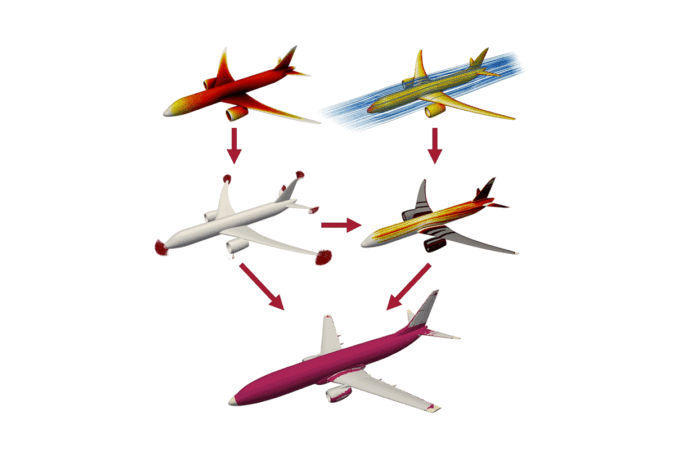Quick Takeaways
-
Daily Strikes & Protection: Over 70 aircraft experience lightning strikes daily, but robust lightning protection systems ensure that passengers typically feel no effect during such events.
-
New Aircraft Designs: As the aviation industry explores innovative designs like blended-wing bodies, existing lightning protection knowledge may not apply, necessitating new predictive models.
-
Physics-Based Approach: MIT researchers have developed a physics-based tool that predicts lightning behavior across various aircraft designs, creating zoning maps to identify regions needing specific protection.
-
Broader Applications: The model not only aims to revolutionize aircraft safety but also seeks to adapt lightning protection strategies for technologies like wind turbines, addressing the increasing risks of strikes in larger structures.
Lightning-Prediction Tool Poised to Transform Aircraft Safety
MIT aerospace engineers have developed a groundbreaking tool to predict lightning strikes on future aircraft designs. With over 70 aircraft struck by lightning daily, this tool aims to enhance safety for new, innovative aircraft structures.
Transitioning from traditional designs, the aviation industry is embracing concepts like blended-wing bodies. However, existing lightning protection systems are tailored for conventional tube-and-wing models. “We can’t apply exactly what we know from historical data to these new configurations,” said Carmen Guerra-Garcia, an associate professor at MIT. This new physics-based approach addresses that gap.
The tool generates zoning maps that highlight which aircraft sections require varying levels of lightning protection. By simulating how lightning interacts with different designs, the researchers can identify vulnerable areas. They validated their method on standard airplane structures, producing results consistent with decades of industry data.
“This tool helps us optimize protection without unnecessarily adding weight,” explained graduate student Nathanael Jenkins. Lightweight safety measures are critical, as excessive protection could hinder fuel efficiency.
The research team aims to apply their approach to unconventional aircraft shapes. They believe this pioneering method could set new industry standards for lightning protection. Co-author Louisa Michael from Boeing emphasized that these physics-based methods could shape certification guidelines for the future.
Furthermore, Guerra-Garcia sees potential applications beyond aviation. She plans to adapt the lightning protection model for technologies like wind turbines. “About 60 percent of blade losses are due to lightning,” she noted. As the industry moves toward larger offshore wind turbines, this tool’s relevance expands.
In a rapidly changing aviation landscape, this lightning-prediction tool represents a crucial step toward safer, more efficient aircraft designs. The collaboration between MIT and industry partners aims to provide innovative solutions to enhance flight safety for the future.
Continue Your Tech Journey
Dive deeper into the world of Cryptocurrency and its impact on global finance.
Explore past and present digital transformations on the Internet Archive.
QuantumV1

